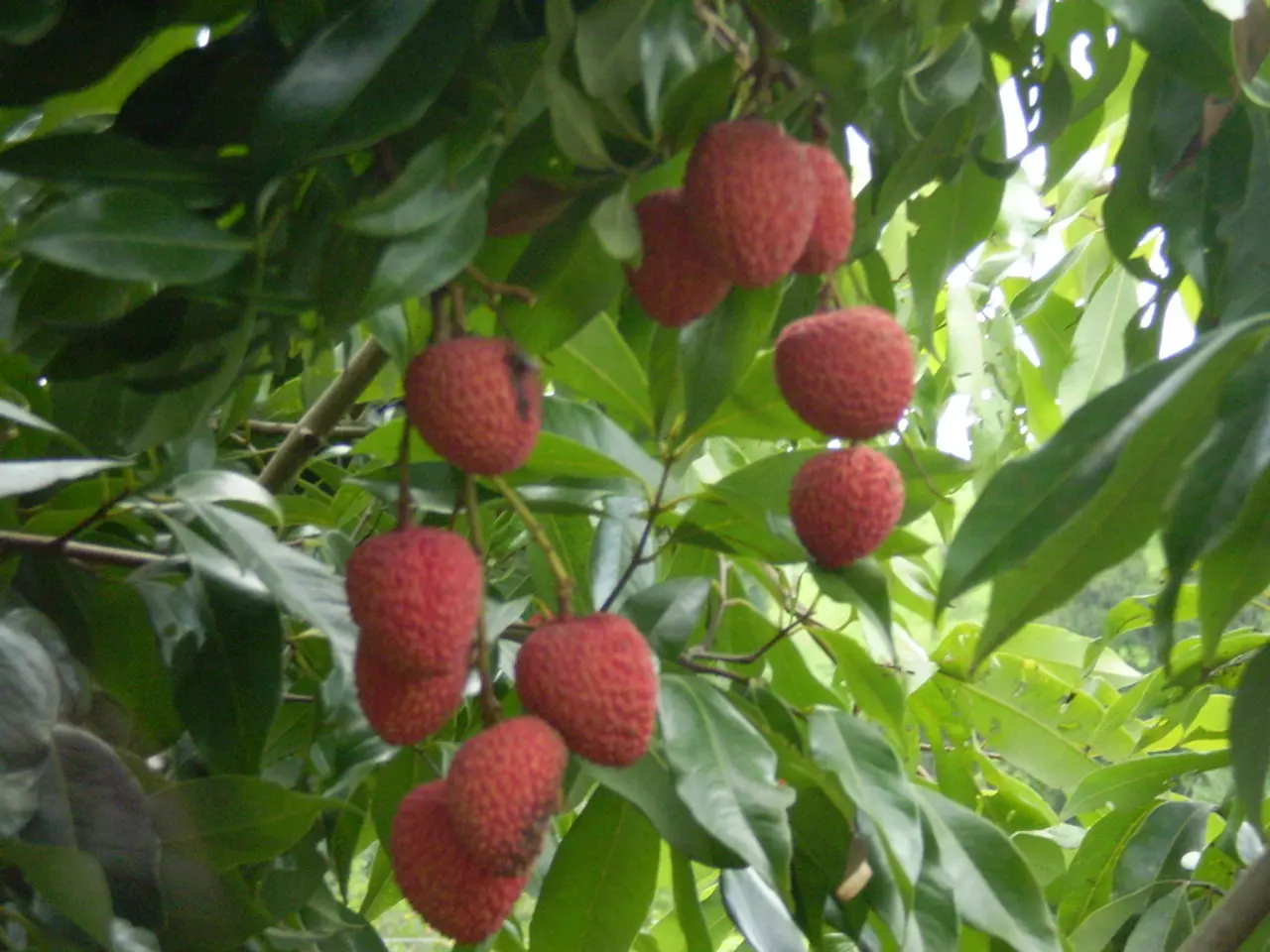Guide for Cultivating Strawberries
Strawberry enthusiasts can expand their patch or share their bounty with ease by propagating their plants using runner plants, a natural method that is both simple and efficient. Here's a step-by-step guide to propagating strawberries from runners.
First, identify the runners on your strawberry plants. These are long horizontal stems with small plantlets (baby plants) forming at nodes along the runner. Once you've spotted them, place pots filled with rich, well-draining compost or loose soil underneath the baby plants where the runners touch the soil. If the mother plant is in the garden, create a small mound of soil beneath each baby plant.
Allow the baby plants to root naturally in this spot or pot for about 3 to 4 weeks. During this time, the baby plants develop their own roots while still connected to the original plant via the runner. Once the baby plants have established roots, use clean scissors or pruning shears to snip the runner stem connecting them to the mother plant. This effectively separates the new plant.
If rooted in pots, you can transplant the baby plants to their permanent location or into larger pots. If rooted in the garden soil, they can remain there or be carefully dug up for transplanting. Water the new strawberry plants regularly and keep them in partial shade initially to reduce transplant shock. Gradually acclimate them to full sun for robust growth.
Strawberry plants typically fruit best for about four years, so propagating runners annually helps maintain a healthy supply of productive plants. Runners will root wherever conditions are suitable, making propagation straightforward by simply positioning pots or soil beneath the nodal points of the runner.
Remember, strawberry plants can be propagated from runners, which are available as mail-order runners in spring or autumn. Strawberries grow well in various containers such as pots, window boxes, hanging baskets, growing bags, and strawberry planters, as well as in the ground.
Different varieties of strawberries crop at different times, with early, mid-, and late-season varieties available. Alpine strawberries, compact plants that produce tiny berries, are a good choice for a semi-shaded spot or the front of a border.
To ensure a bountiful harvest, it's essential to care for your new plants. Keep the soil consistently moist but well-drained to encourage healthy root development. A late frost in May can damage strawberry growth, so consider protecting your plants with a layer of fleece if frost is forecast, or moving pots under cover.
Common issues like vine weevil, grey mould (botrytis), powdery mildew, and Verticillium wilt can affect strawberries growing in pots or the ground. To combat these problems, consider biological controls for vine weevil larvae, water your plants in the morning to prevent grey mould, keep the soil around plants clear, remove damaged fruits, and remove affected leaves promptly.
With the right care and attention, your new strawberry plants will flourish and provide a delicious crop for you to enjoy in a variety of ways, from eating them alone to using them in cakes, smoothies, and desserts. Just remember to wash only what you can eat and blot them dry on kitchen paper to prevent damp strawberries from going mouldy.
Putting straw around strawberry fruits can help keep slugs and snails at bay, and cold-stored strawberry runners are available from some nurseries and produce a crop in their first summer. Lastly, strawberry plants generally fruit well for around three or four years before they begin to run out of steam. Covering strawberry fruits with secure netting can prevent birds from getting at them, and the best time to plant pot-grown strawberries is in late summer to early autumn, or spring - by May at the latest.
- To maintain a healthy and productive supply of strawberries, consider propagating your strawberry plants using runners, which can be easily rooted in pots filled with rich compost or loose soil, or in the home-and-garden soil. Proper plant care and lifestyle management, such as providing suitable light, water, and preventing pests, will ensure a bountiful harvest.
- Beyond expanding your garden with home-grown strawberries, these delicious fruits have multiple uses in lifestyle and food. You can enjoy them fresh, use them in various recipes like cakes, smoothies, and desserts, or even grow them in home-and-garden-friendly containers like pots, window boxes, and hanging baskets.




